-
 Bitcoin
Bitcoin $83,301.7640
-2.11% -
 Ethereum
Ethereum $1,799.9842
-4.25% -
 Tether USDt
Tether USDt $0.9999
0.00% -
 XRP
XRP $2.0278
-4.59% -
 BNB
BNB $596.2228
-1.03% -
 USDC
USDC $1.0001
0.01% -
 Solana
Solana $116.8645
-7.35% -
 Dogecoin
Dogecoin $0.1617
-6.43% -
 Cardano
Cardano $0.6450
-5.42% -
 TRON
TRON $0.2321
-2.68% -
 Toncoin
Toncoin $3.6664
-9.62% -
 UNUS SED LEO
UNUS SED LEO $9.4145
0.16% -
 Chainlink
Chainlink $12.8328
-5.91% -
 Stellar
Stellar $0.2589
-3.37% -
 Avalanche
Avalanche $18.1600
-6.54% -
 Sui
Sui $2.2723
-8.51% -
 Shiba Inu
Shiba Inu $0.0...01214
-1.89% -
 Hedera
Hedera $0.1611
-4.12% -
 Litecoin
Litecoin $82.9489
0.17% -
 Polkadot
Polkadot $3.9725
-3.23% -
 MANTRA
MANTRA $6.2949
0.51% -
 Bitcoin Cash
Bitcoin Cash $302.6917
-1.17% -
 Bitget Token
Bitget Token $4.5396
-1.25% -
 Dai
Dai $1.0000
0.00% -
 Ethena USDe
Ethena USDe $0.9998
-0.01% -
 Pi
Pi $0.6249
-7.33% -
 Monero
Monero $213.0395
-1.33% -
 Hyperliquid
Hyperliquid $11.5526
-14.44% -
 Uniswap
Uniswap $5.9462
-2.98% -
 Aptos
Aptos $5.2007
-2.20%
What to do if MEXC contract is liquidated
To mitigate the impact of liquidations and potentially recover losses, it is essential to understand the liquidation process, analyze the reasons for the liquidation, explore recovery options, adjust your trading strategy, and monitor your positions regularly.
Nov 12, 2024 at 04:41 am

What to Do If MEXC Contract Is Liquidated
Introduction
Unexpected liquidations in cryptocurrency contracts can be a distressing experience, often resulting in significant financial losses. However, understanding the liquidation process and implementing proper risk management strategies can help mitigate these risks and potentially recover from liquidation scenarios. In this comprehensive guide, we will delve into the steps you can take if your MEXC contract is liquidated, providing detailed explanations and practical advice to help you navigate this complex situation.
1. Understand the Liquidation Process
Liquidation occurs when the value of your open contract position falls below a specific threshold, known as the Margin Call Level. At this point, MEXC will close your position to prevent further losses. The liquidation process typically involves the following steps:
- Margin Call: Once your position's value reaches the Margin Call Level, MEXC will issue a margin call, alerting you that your position is at risk of liquidation.
- Forced Liquidation: If you fail to add additional margin or close your position, MEXC will forcibly liquidate your position at the next available market price.
- Settlement: MEXC will then use the proceeds from the liquidation to cover your outstanding liabilities. Any remaining balance, if any, will be credited to your account.
2. Analyze the Reasons for Liquidation
Once your position is liquidated, it's crucial to identify the underlying reasons to prevent similar situations in the future. Some common causes of liquidations include:
- Insufficient Margin: Not maintaining a sufficient margin balance can lead to liquidation when market conditions fluctuate adversely.
- High Leverage: Trading with excessive leverage amplifies both profits and losses. Leverage can quickly magnify small price movements, potentially triggering liquidation.
- Poor Risk Management: Not employing stop-loss orders or position sizing strategies can expose you to undue risk, increasing the likelihood of liquidation.
- Market Volatility: Extreme market volatility can lead to sudden price fluctuations, which can quickly exhaust your margin balance and result in liquidation.
3. Determine Your Recovery Options
Depending on the circumstances of your liquidation, there may be options to recover your losses or minimize their impact. Consider the following steps:
- Reassess Market Conditions: After liquidation, evaluate the market conditions to determine if the situation is temporary or a longer-term trend. This assessment will help you make informed decisions about potential recovery strategies.
- Consider Re-Entering the Market: If you believe the market conditions are favorable, you can consider re-entering the market with a more conservative approach. Use lower leverage and smaller position sizes to manage risk and minimize the potential for another liquidation.
- Seek Professional Advice: Consulting with a financial professional or experienced trader can provide valuable insights and guidance in navigating liquidation scenarios and developing appropriate recovery strategies.
4. Adjust Your Trading Strategy
To prevent future liquidations, it's essential to adjust your trading strategy based on the lessons learned from your liquidated position. Implement the following best practices:
- Set Realistic Targets: Avoid setting overly ambitious profit targets, as this can lead to excessive risk-taking and potentially increase the chances of liquidation.
- Use Stop-Loss Orders: Stop-loss orders are essential risk management tools that help limit losses by automatically closing your position when a predefined price level is reached.
- Manage Leverage Wisely: Use leverage cautiously, and only to the extent that you can withstand potential losses. Higher leverage amplifies both profits and risks, so it's crucial to balance your risk tolerance with your trading goals.
- Diversify Your Portfolio: Diversifying your portfolio across different asset classes and trading strategies can help spread risk and mitigate the impact of a single liquidation event.
5. Monitor Your Positions Regularly
постоянный контроль открытых позиций . Regular monitoring allows you to identify potential risks early on and take timely action to avoid liquidation. Pay attention to the following indicators:
- Margin Level: Monitor your margin level closely to ensure it remains above the Margin Call Level. Add additional margin if necessary to prevent liquidation.
- Price Alerts: Set price alerts to notify you of significant price fluctuations that could trigger liquidation. This allows you to take precautionary measures or adjust your positions accordingly.
- Market News and Analysis: Stay informed about market news and analysis to make informed trading decisions and anticipate potential risks.
Disclaimer:info@kdj.com
The information provided is not trading advice. kdj.com does not assume any responsibility for any investments made based on the information provided in this article. Cryptocurrencies are highly volatile and it is highly recommended that you invest with caution after thorough research!
If you believe that the content used on this website infringes your copyright, please contact us immediately (info@kdj.com) and we will delete it promptly.
- Sentient Launches Open-Source Deep Search (ODS), a New Era for Artificial Intelligence
- 2025-04-03 18:45:13
- Qubetics ($TICS), ImmutableX, and Filecoin Are Top 3 Cryptos to Buy in 2025
- 2025-04-03 18:45:13
- Bitcoin Market Momentum Stalled After US President Donald Trump Announced New Tariffs
- 2025-04-03 18:40:12
- Game Development Firm Enish Buys the Dip, Investing ¥100M in Bitcoin
- 2025-04-03 18:40:12
- The Memecoin Market Continues to Draw In Capital from Both Retail and Institutional Investors
- 2025-04-03 18:35:13
- The Erstwhile-Popular Memecoin, $PWEASE, Finds Its Market Cap and Holder Base Sinking
- 2025-04-03 18:35:13
Related knowledge
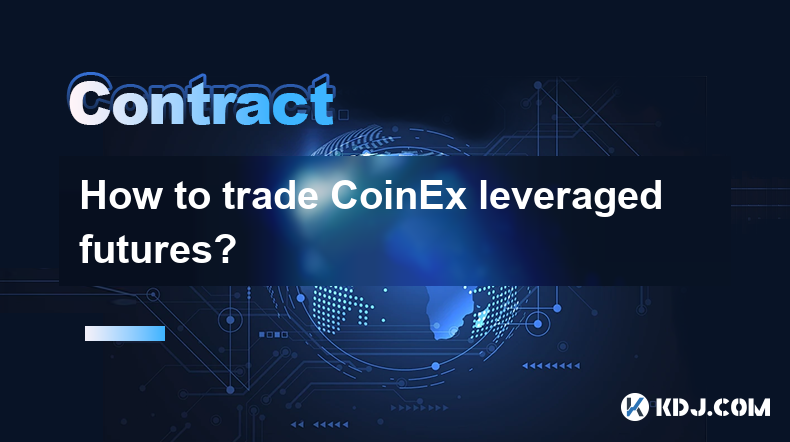
How to trade CoinEx leveraged futures?
Apr 03,2025 at 03:56am
Trading leveraged futures on CoinEx can be an exciting way to potentially amplify your profits in the cryptocurrency market. Leveraged futures allow traders to borrow funds to increase their trading position, which can lead to higher returns, but also comes with increased risk. In this article, we will guide you through the process of trading CoinEx lev...
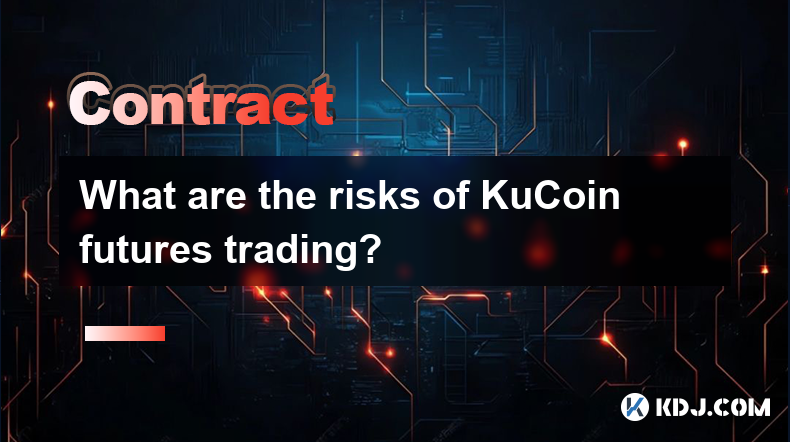
What are the risks of KuCoin futures trading?
Apr 03,2025 at 01:14am
KuCoin futures trading offers traders the opportunity to speculate on the future price of cryptocurrencies, but it comes with its own set of risks that traders need to be aware of. Understanding these risks is crucial for anyone looking to engage in futures trading on the KuCoin platform. This article will delve into the various risks associated with Ku...
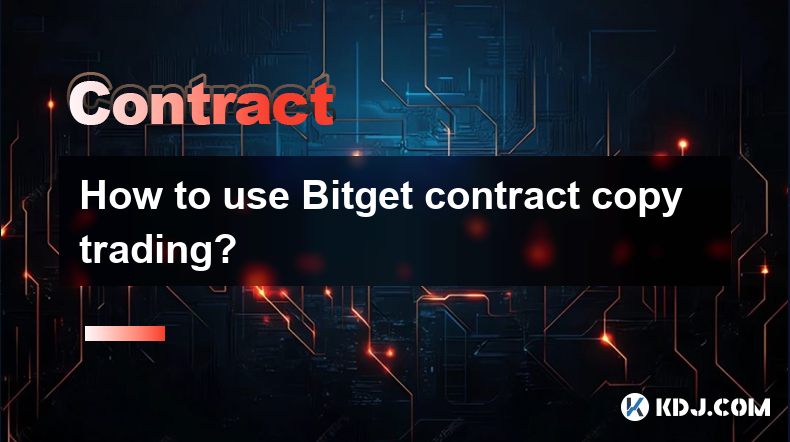
How to use Bitget contract copy trading?
Apr 03,2025 at 08:28am
Bitget's contract copy trading feature allows users to automatically replicate the trades of experienced traders, known as 'lead traders.' This can be a valuable tool for those looking to benefit from the expertise of others without having to spend time analyzing the market themselves. To start using this feature, you first need to understand how to sel...
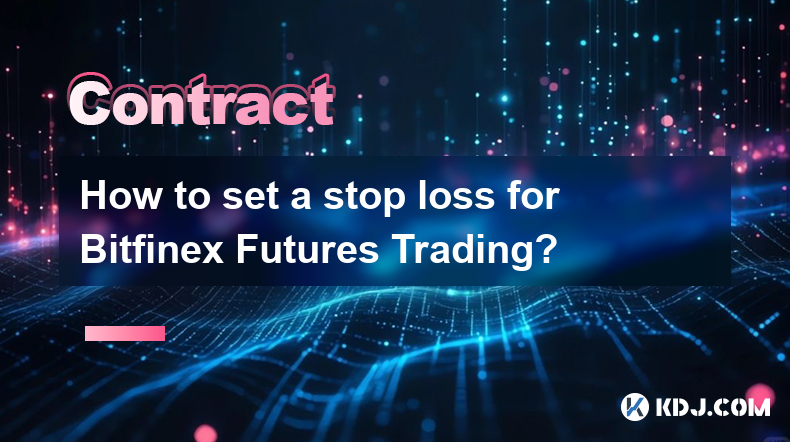
How to set a stop loss for Bitfinex Futures Trading?
Apr 03,2025 at 12:35pm
Setting a stop loss for Bitfinex Futures Trading is an essential risk management strategy that can help traders limit potential losses. A stop loss order is an instruction to sell a futures contract when it reaches a certain price, helping you to manage your exposure in volatile markets. To set a stop loss on Bitfinex, you need to navigate through the p...
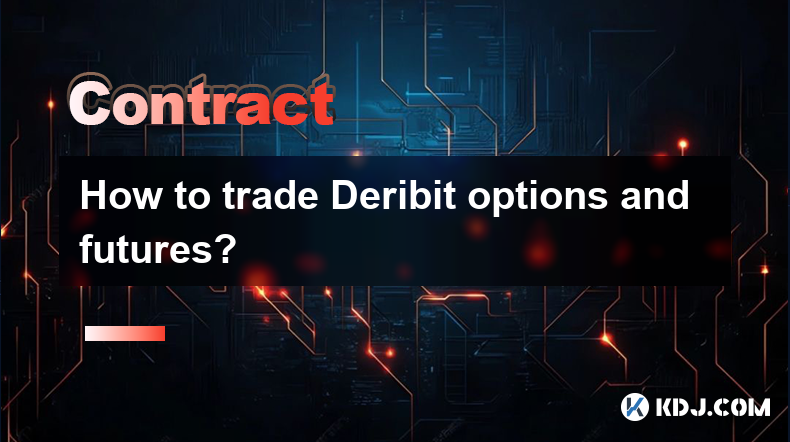
How to trade Deribit options and futures?
Apr 03,2025 at 02:00pm
Trading Deribit options and futures can be an exciting venture for those interested in the cryptocurrency market. Deribit, a leading platform for crypto derivatives, offers a variety of trading instruments including options and futures on Bitcoin and Ethereum. To successfully trade on Deribit, it's essential to understand the basics of these financial i...
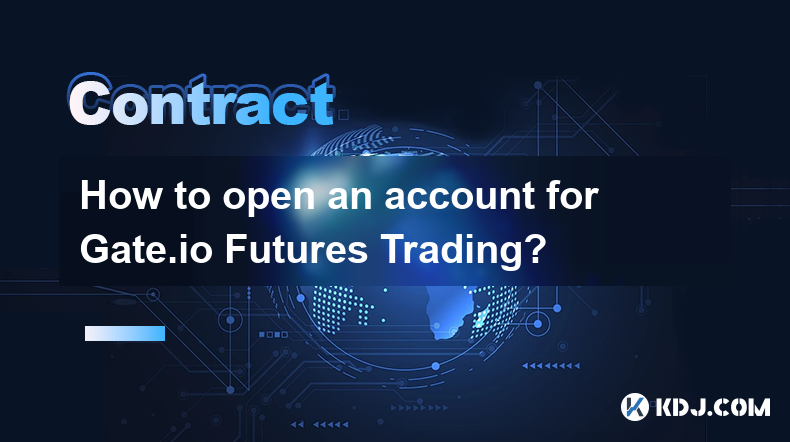
How to open an account for Gate.io Futures Trading?
Apr 03,2025 at 09:01am
Opening an account for Gate.io Futures Trading is a straightforward process that allows you to dive into the exciting world of cryptocurrency futures. To get started, you'll need to follow a few simple steps to ensure your account is set up correctly and securely. This guide will walk you through the process, from registering on the Gate.io platform to ...

How to trade CoinEx leveraged futures?
Apr 03,2025 at 03:56am
Trading leveraged futures on CoinEx can be an exciting way to potentially amplify your profits in the cryptocurrency market. Leveraged futures allow traders to borrow funds to increase their trading position, which can lead to higher returns, but also comes with increased risk. In this article, we will guide you through the process of trading CoinEx lev...

What are the risks of KuCoin futures trading?
Apr 03,2025 at 01:14am
KuCoin futures trading offers traders the opportunity to speculate on the future price of cryptocurrencies, but it comes with its own set of risks that traders need to be aware of. Understanding these risks is crucial for anyone looking to engage in futures trading on the KuCoin platform. This article will delve into the various risks associated with Ku...

How to use Bitget contract copy trading?
Apr 03,2025 at 08:28am
Bitget's contract copy trading feature allows users to automatically replicate the trades of experienced traders, known as 'lead traders.' This can be a valuable tool for those looking to benefit from the expertise of others without having to spend time analyzing the market themselves. To start using this feature, you first need to understand how to sel...

How to set a stop loss for Bitfinex Futures Trading?
Apr 03,2025 at 12:35pm
Setting a stop loss for Bitfinex Futures Trading is an essential risk management strategy that can help traders limit potential losses. A stop loss order is an instruction to sell a futures contract when it reaches a certain price, helping you to manage your exposure in volatile markets. To set a stop loss on Bitfinex, you need to navigate through the p...

How to trade Deribit options and futures?
Apr 03,2025 at 02:00pm
Trading Deribit options and futures can be an exciting venture for those interested in the cryptocurrency market. Deribit, a leading platform for crypto derivatives, offers a variety of trading instruments including options and futures on Bitcoin and Ethereum. To successfully trade on Deribit, it's essential to understand the basics of these financial i...

How to open an account for Gate.io Futures Trading?
Apr 03,2025 at 09:01am
Opening an account for Gate.io Futures Trading is a straightforward process that allows you to dive into the exciting world of cryptocurrency futures. To get started, you'll need to follow a few simple steps to ensure your account is set up correctly and securely. This guide will walk you through the process, from registering on the Gate.io platform to ...
See all articles























































































